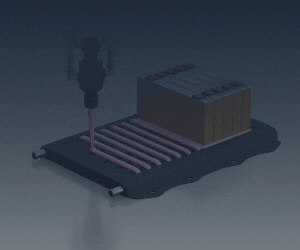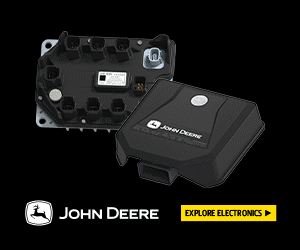Reducing on-resistance in e-bike designs

(Image courtesy of Renesas Electronics)
Renesas Electronics has developed a new process technology for more efficient, 100 V silicon MOSFET transistors in e-bike designs, writes Nick Flaherty.
The REXFET-1 process reduces on-resistance between the drain and source by 30% to 1.5 mO, which cuts losses and boosts efficiency.
The process technology is being used for a series of N-channel 100 V MOSFETs for battery management systems and power management for e-bikes, all-terrain vehicles (ATVs) and charging stations.
Renesas has used the devices in several reference designs, including a three-in-one EV unit with inverter, onboard charger and DC-DC converter.
The silicon MOSFETs are used alongside gallium nitride (GaN) transistors in the LLC converter stage of the design, with GaN transistors in the power-factor correction (PFC) front end.
The design combines an RH850 automotive microcontroller (MCU) to handle multiple control functions simultaneously, reducing bill-of-material (BoM) count and system complexity.
The MCU includes an internal resolver/digital converter (RDC2) and a motor-control unit (EMU2) to control the GaN and silicon switches with minimal CPU involvement.
Integrating these multiple functions into a centralised unit also reduces the complexity of the wiring harness in the end design, reducing costs.
The 100 V MOSFETs come in industry-standard TOLL and TOLG packages, which are pin-compatible with devices from other manufacturers, but half the size of the traditional TO-263 packages.
The TOLL package offers wettable flanks, allowing for optical inspection, making the assembly of printed circuit boards quicker and more reliable.
Click here to read the latest issue of E-Mobility Engineering.
ONLINE PARTNERS































